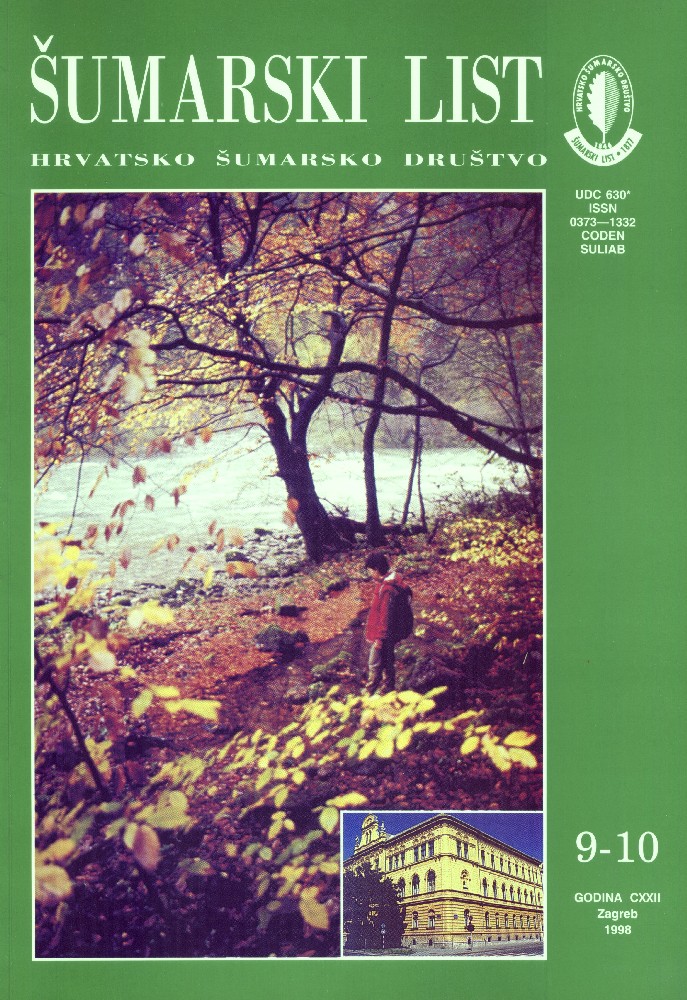Summary: Sessile oak accounts for about 8.6% of all high forests in Bosnia and Herzegovina. In the northern region, inhabited by the most productive forests of this tree species, the participation of sessile oak is considerably higher, and reaches 20.3% in area between the rivers Bosna and Drina in Bosnian Posavina. Apart from single tree fellings ("selection felling"), no other tending measures have been applied to these forests. In one of the pure, even-aged stands of 80-90 years of age, an experimental plot was set up, where selective thinning was applied (high thinning-positive selection). The aim was to observe the effects of thinning on the quantity and quality of wood mass production, and to determine the prospects and justification of thinning procedures in these forest. After the first thinning treatment, the quality of "candidate "trees in the main stand, particulary of those evenly distributed, was improved. The 160-year production period envisages the application of further 5-6 thinning treatments. At the end of the production period, about 380 m3 of stemwood, of which veneer and sliced veneer account for 25%, should be obtained, while the planned thinning treatments should yield about 340 m3 of wood mass of satisfactory quality.
Key words: increment and quality; sessile oak; thinning |



